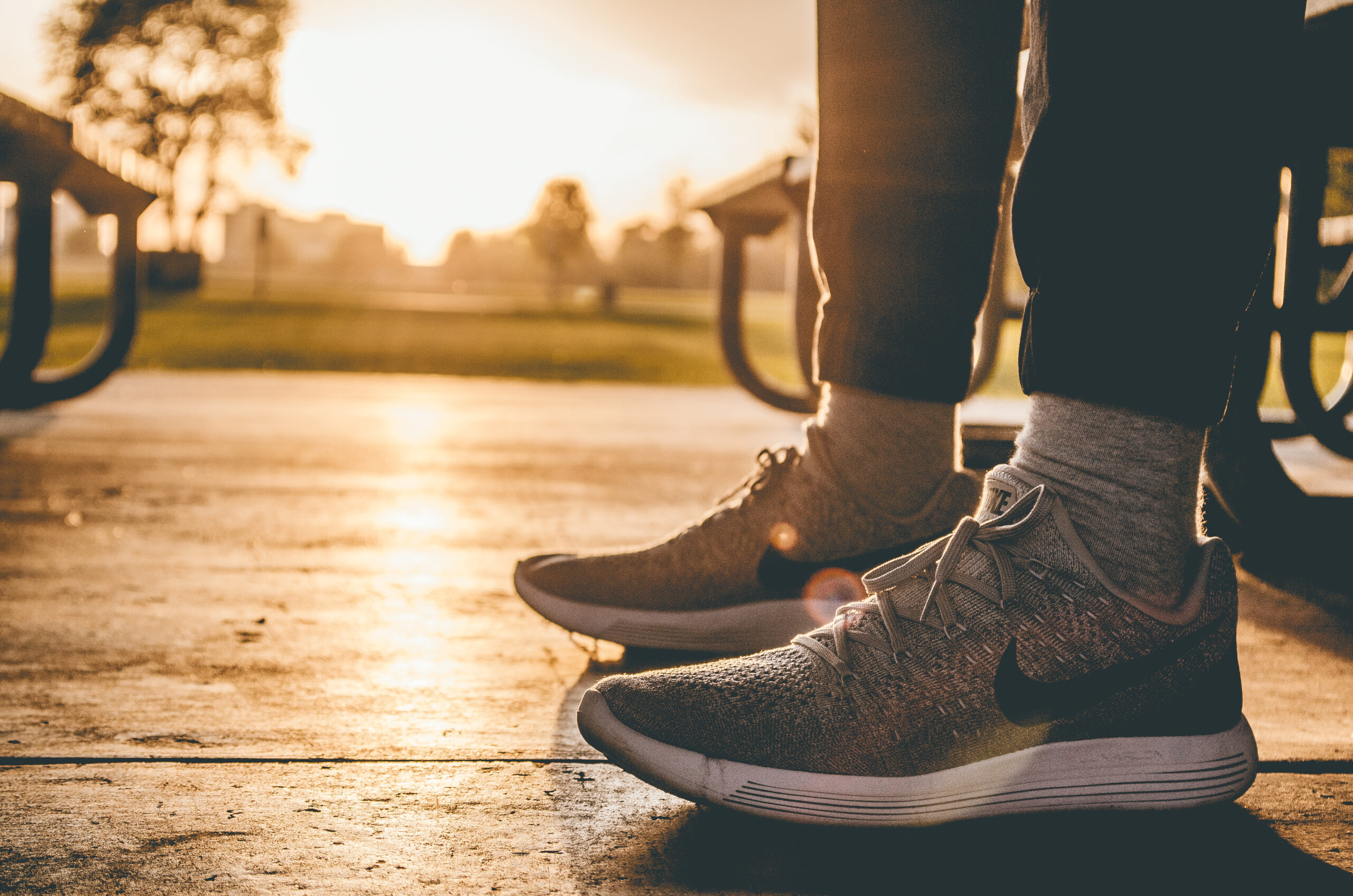 Sure, you can work out in the enclosure of your gym, but think about what you’re missing out on. According to People magazine, Americans are shifting toward outdoor exercises, with walking, running, and biking being the workouts of choice. Yet joining the trend will help you do more than just enjoy nature and fresh air. You’ll also get to savor the sun, which has its own powerful health benefits. If you’re thinking about switching gears and exercising outdoors, read on to learn the benefits of working out in the sun—and how to do it right.
Sure, you can work out in the enclosure of your gym, but think about what you’re missing out on. According to People magazine, Americans are shifting toward outdoor exercises, with walking, running, and biking being the workouts of choice. Yet joining the trend will help you do more than just enjoy nature and fresh air. You’ll also get to savor the sun, which has its own powerful health benefits. If you’re thinking about switching gears and exercising outdoors, read on to learn the benefits of working out in the sun—and how to do it right.
Benefits of working out in the sun:
You’ll receive Vitamin D
There’s a reason why Vitamin D is called the sunshine vitamin. While you can get it from foods like breakfast cereals and orange juice, your body naturally produces it when your bare skin makes contact with sunlight. From here, Vitamin D boosts your body’s immune system and helps your body absorb calcium to strengthen your bones. By working out in the sun, you’ll get more of this helpful nutrient and may even experience enhanced physical performance in the long run. Click here to download a great free resource—an eBook all about healthy sun exposure and Vitamin D.
You’ll get free red light therapy
Beauticians usually bring out red light wands to smooth away wrinkles and acne. Red light therapy’s effects aren’t limited to cosmetic benefits, however. Red light leverages photobiomodulation, a process that stimulates energy production in your cells, improves the healing of wounds and scars, and enhances your natural sleep patterns. You can purchase your own gadgets like Mito’s red light panels for a concentrated effect—and you can boost that effect by also exercising outside to get similar benefits for free. At dawn and dusk, the sun emits more red light rays. If you’ve been looking for a sign to finally wake up early for morning runs, this is it.
You’ll sleep better
An early morning run or workout can do more than expose you to healing red light. It’s also great for resetting your circadian rhythm. Your body has a sleep clock that prompts drowsiness, usually in accordance with daylight—but spending too much time indoors or staying up late can deregulate those patterns. Exercising in the morning and exposing yourself to sunlight can get your sleep cycle back on track. How to do it right:
How to do it right:
Apply sunscreen
As with everything else in life, sunlight exposure must be done in moderation. Otherwise, you’re in danger of sunburn and even skin cancer in the long run. To protect yourself, wear water-resistant sunscreen with broad-spectrum protection of at least SPF 30 and a PA+++ rating. It’ll stay on even if you’re sweaty and shield you from excessive UVA and UVB exposure as you work out.
It is equally important to use a toxin-free sunscreen (I love BeautyCounter‘s SPF) on potentially overexposed areas like your face and hands (all the time if desired), as well to allow large skin surface areas of your body to get enough exposure to direct sunlight—enough to build a slight tan (and of course never burn). Clothing and shade are the best protection against the sun too, but if you’re planning on lathering up your whole body to go to the beach, be really careful about the type of sunscreen you’re using, as there are a lot of toxic sunscreens out there.
Wear sunglasses
Overexposing your eyes to sunlight can also incur long-term damage like cataracts or macular glaucoma, so wear sunglasses when exercising outdoors. However, not just any pair will do. If you browse activewear brand Oakley’s sunglasses collections, you’ll see they’re categorized by sport. For example, its Sutro line is dedicated to cycling: it wraps around the head to fit better and guard against the wind. Choosing your sunglasses wisely will optimize visual clarity for your preferred workout while ensuring your eyes get just the right amount of sunlight.
Stay hydrated
The sun’s heat and physical exertion will encourage you to sweat, so drink lots of fluids to replenish your body. A good rule of thumb is to sip water every 10 to 20 minutes during exercise. Drinking this amount will keep you alert and healthy as you go through your sunny workout—and it’ll prevent dehydration.
Moisturize regularly
Considering that the skin on your face, ears, neck, and chest are susceptible to environmental changes, it’s important to use moisturizer to allow them to repair properly. If you’re wary about dry skin, doing so will also help you lock in moisture after you’ve worked out under the sun. The skin under your eyes is especially fragile and sensitive to heat, so invest in an eye cream to cool it down after your routine.
Working out in the sun has plenty of benefits. Use the above tips to maximize them.







